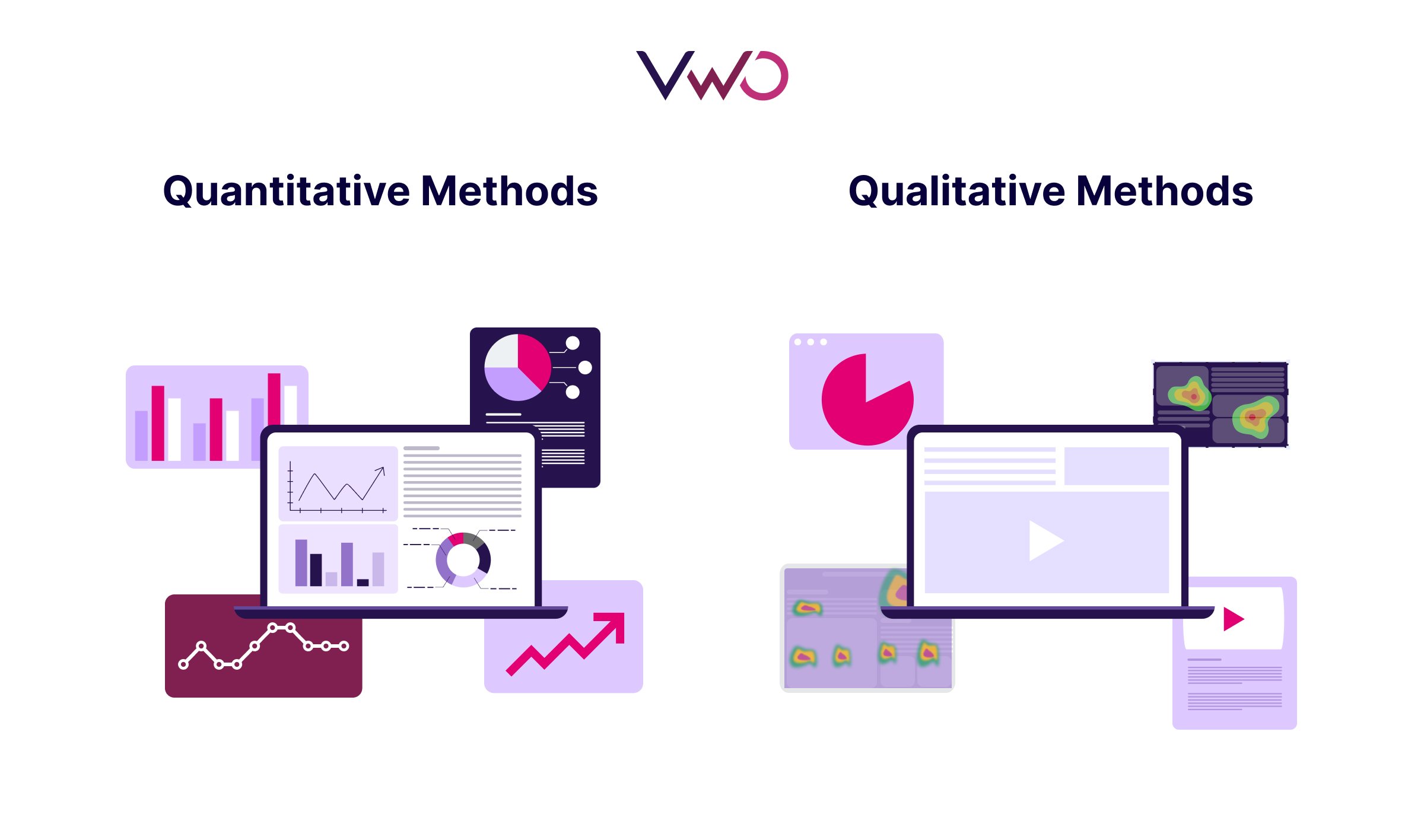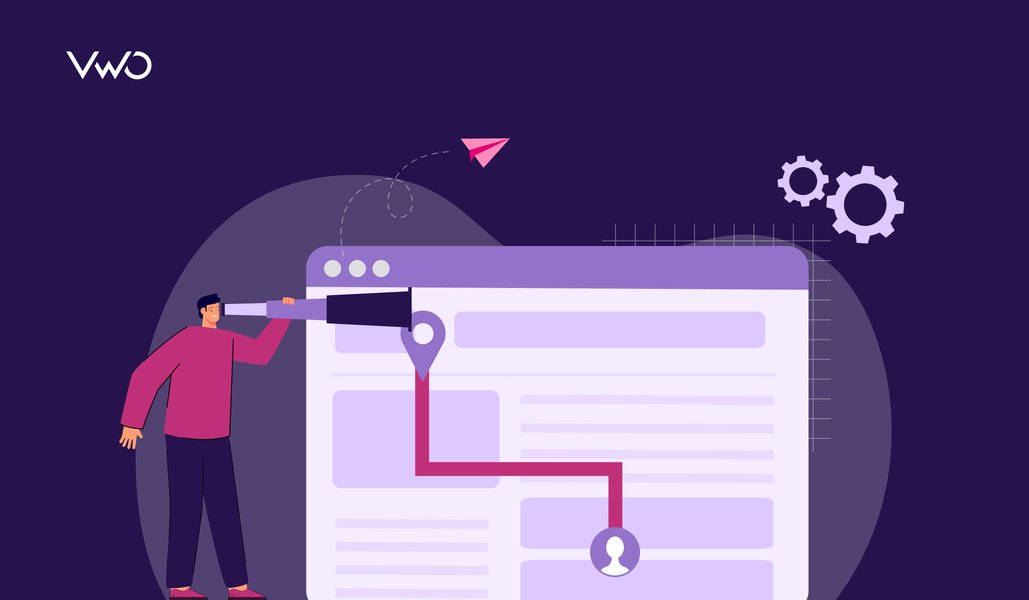Through our “CRO Perspectives: Insights from Industry Thought Leaders” series, we shine a spotlight on CRO experts from around the world.
By exploring how these experts strategize, navigate challenges, and drive growth, we uncover a wealth of insights for audiences to learn from, implement, and find inspiration in.
For the ninth post in this series, we spoke with Umniah Adel, Head of Marketing at byFood, to tap into her deep CRO expertise and share key lessons with our audience.

Leader: Umniah Adel
Role: Head of Marketing at byFood
Location: Tokyo, Japan
Why should you read this interview?
Umniah Adel brings over nine years of diverse digital marketing experience across Africa, Europe, and Asia. Currently, she serves as the Head of Marketing at byFood, a platform that connects food enthusiasts with unforgettable culinary experiences in Japan, enriching the world of gastronomic tourism.
With a background that includes leadership roles at Rentracks and Rakuten, Umniah’s insights are bound to inspire CRO practitioners. Every piece of advice she offers is a golden opportunity to learn from a true industry expert. Don’t miss out on this must-read interview!
Enhancing byFood through user behavior research
At byFood, we utilize both quantitative and qualitative methods to research user behavior.
For tourists, we examine interaction data from our platform such as search patterns, booking trends, and feedback. We use tools like Google Analytics and heatmaps to track user journeys and pinpoint any issues.
For hosts, we gather insights through surveys and regular meetings to capture their feedback, understand their needs and challenges, and explore how we can assist them in overcoming these obstacles.
Our primary goal is to understand the needs of both guests (tourists) and hosts to provide the best solutions to meet those needs.

Automate analysis of large volumes of data from heatmaps and session recordings with VWO Copilot. You’ll gain consolidated behavioral insights and receive optimization recommendations to engage and delight your visitors.
Localization testing for regional platform suitability
Recently we added Chinese as a language option on our website to reach a larger audience.
We conduct localization testing to ensure our platform is suitable for different regions. This process includes translating and adapting content for various languages and cultural contexts. We test these adaptations with native speakers to ensure both accuracy and cultural appropriateness.
Additionally, we analyze local user behavior to fine-tune our offerings and optimize the user interface.
Testing should be seen as an ongoing process of discovery and improvement, rather than a secondary activity.
Omni-channel optimization for improved user experience
Omni-channel optimization is vital for creating a seamless user experience across all channels.
We make sure we are consistent across the website, and social media channels. By integrating data from social media platforms, we ensure users receive coherent messaging and personalized offers.
This supports full funnel optimization by addressing user needs at each stage of their journey from awareness to booking continuing engagement through a CRM system even after their stay in Japan.
It helps identify and address experience gaps, leading to more effective strategies and improved user satisfaction.

To secure top management buy-in, we present data-driven insights demonstrating the potential ROI and alignment with strategic objectives by providing case studies and success stories from similar initiatives to illustrate potential outcomes. Emphasizing the benefits, such as improved user engagement and higher conversion rates, helps make a compelling case for investing in advanced testing methodologies.
Key metrics for optimizing growth
For growth targets through website optimization, we focus on metrics such as conversion rate, user engagement (e.g. the time spent on site, pages per session), customer satisfaction (e.g. Net Promoter Score), and overall booking volume.
Enhancing these metrics directly impacts our ability to attract and retain users, making our platform more effective in connecting tourists with culinary experiences.
One of the things that boosted booking volume and enhanced user satisfaction was the creation of targeted landing pages designed to align with users’ specific interests. For example, when a user searches for “Vegan cooking classes” instead of sifting through various pages we direct them to a page dedicated to that category.
By simplifying navigation and placing clear calls-to-action on these targeted landing pages, we eliminated unnecessary steps making it easier for users to complete their reservations. This method led to a big increase in booking conversions and a reduction in search time.
The state of experimentation in Japanese businesses
The experimentation mindset in Japanese businesses is evolving. Traditionally, there has been a focus on established practices and a cautious approach to change.
However, there is a growing recognition of the value of experimentation and data-driven decision-making. More companies are embracing a test and learning culture, especially in competitive sectors where agility and innovation are crucial.

Adapting after unsuccessful tests
After a failed test, we conduct a thorough analysis to understand what went wrong. We review the test design, and implementation to identify any flaws or oversights. Based on these insights, we refine our approach and iterate on our testing strategies. Viewing failures as learning opportunities we adapt our methods and share these learnings with the team to foster continuous improvement.
I believe that testing quality is crucial for meaningful insights. Quality testing allows us to delve deeply into user behaviors, preferences, and pain points, leading to actionable data that can drive substantial improvements. For instance, if we’re launching a new feature or campaign that could significantly affect user engagement or revenue, it’s very important to ensure that the test is thorough and the results are reliable.
The necessity of testing for companies
I would stress that testing is essential for staying competitive and adapting to market changes. Testing helps identify user preferences, optimize user journeys, and improve business outcomes.
Adopting a test-and-learn approach allows companies to make more informed decisions, reduce risk, and drive innovation. Embracing testing can lead to better user experiences and more effective strategies.
Conclusion
We hope Umniah’s insights have sparked new ideas for your own testing strategy—whether it’s deciding what to test, which strategy to adopt, or which metrics to track for your SaaS platform.
And if you’re looking to scale experimentation globally without losing local relevance, check out our follow-up piece on localizing tests for maximum conversions. It covers what to test, a helpful framework, and a real-world case study where localization drove impact. Click the image below to read.
Whatever your use case, VWO empowers you to run any type of test, from basic to advanced, across all metrics. Plus, with VWO Copilot, our AI-powered search engine, you can speed up every phase of your testing process, from research to execution. Curious to see how it all comes together in one platform? Request a demo to experience it firsthand.























